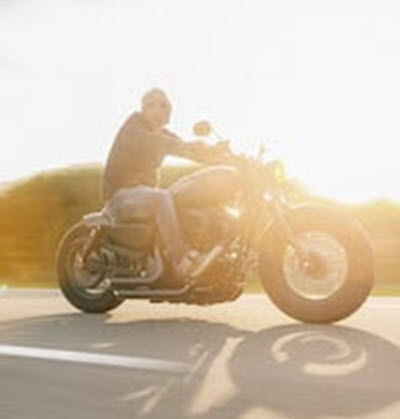According to the landmark Hurt Report, these incidents account for over a third of all motorcycle crashes in Florida. Typically, the tortfeasor (negligent driver) is waiting to make an unprotected left turn against traffic. Usually, the tortfeasor is either at an intersection or waiting to enter a private driveway, like a grocery store parking lot. The tortfeasor does not see an approaching motorcycle and then drives directly into the rider’s path.
This proportion may be even higher today. When the Hurt Report first appeared, most motorists drove low-profile passenger cars or station wagons. Today, many people operate large pickup trucks and SUVs.
If the victim has an assertive Brandon personal injury attorney, substantial compensation may be available. This compensation usually includes money for economic losses, such as medical bills, and noneconomic losses, such as pain and suffering.
Motorcycle Crash Injuries in Florida
Typically, when tortfeasors make left turns against traffic, they suddenly accelerate to move through a perceived traffic gap. That sudden burst of speed often causes serious injuries, like:
- Head Injuries: The brain does not fit snugly inside the skull. Instead, the skull is more like a water tank which suspends the brain. So, when riders fall off their bikes, their brains usually slam against the insides of their skulls multiple times.
- Blood Loss: Exsanguination is usually the official cause of death in motorcycle wrecks. Generally, by the time first responders arrive, many victims have already lost much of their blood. That blood loss usually causes hypovolemic shock and organ shutdown.
- Broken Bones: These injuries are usually not life-threatening, but they are very severe. Typically, a motorcycle wreck crushes bones instead of merely breaking them. So, some permanent injury is usually inevitable.
Overall, motorcycle riders are about thirty times more likely to die in wrecks than vehicle occupants.
Legal Issues in Hillsborough County
Left turn wrecks are one of several common failure-to-yield crashes. Others include failure to yield to a school bus stop-arm, changing lanes without signalling, and changing direction without signalling.
If first responders give the tortfeasor a ticket, there is a presumption of negligence, or a lack of care. Unless the tortfeasor presents compelling evidence of caution, such as dashcam video which shows the tortfeasor looking both ways before moving, this presumption usually holds up in civil court.
Many times, first responders do not issue traffic citations in these cases. In that situation, the victim/plaintiff must establish ordinary negligence, which is usually a lack of reasonable care. If the tortfeasor violated a legal duty, and that violation caused injury, the tortfeasor may be liable for damages.
To reduce or deny compensation in these matters, insurance company lawyers often rely on the last clear chance defense. They argue that since the victim saw the tortfeasor turning illegally, the victim had a duty to avoid the wreck.
Technically, that’s true. But this duty applies only if the victim had the last clear chance, as opposed to the last possible chance. Many times, traffic, weather, or other conditions make it impossible to stop suddenly or change lanes quickly. That’s especially true in this context, because motorcycles are much harder to control than cars.
Contact Tenacious Attorneys
Careless drivers often seriously injure motorcycle riders when these drivers attempt unprotected left turns. For a free consultation with an experienced Brandon personal injury lawyer, contact Reed & Reed, Attorneys at Law. We have four area offices (St. Petersburg, Lakeland, Tampa, and Clearwater).
https://needreed.com/what-causes-motorcycle-crashes-in-orlando/

